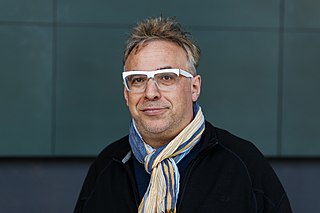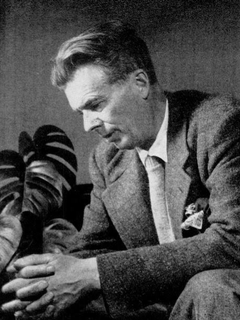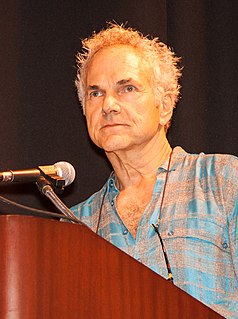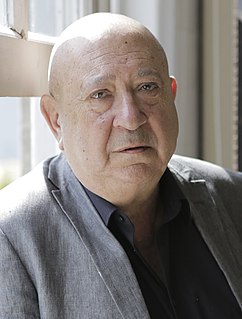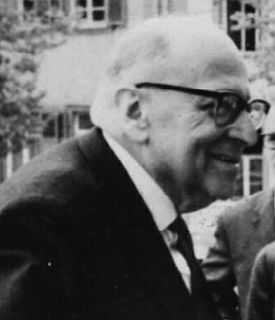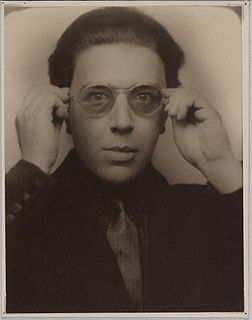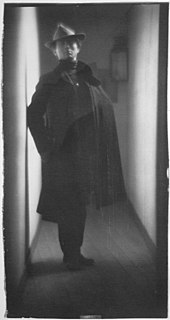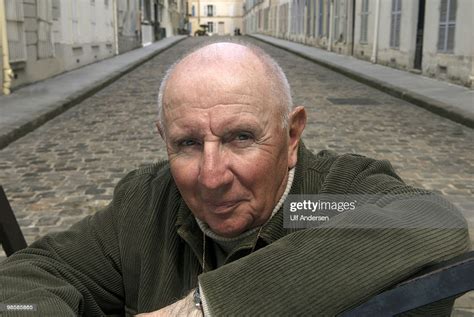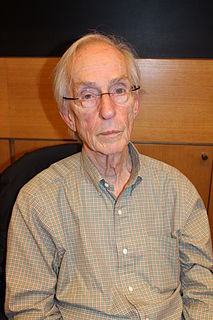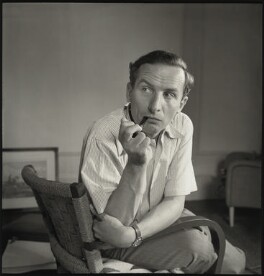A Quote by Salvador Dali
Photographic data... is still and ESSENTIALLY THE SAFEST POETIC MEDIUM and the most agile process for catching the most delicate osmoses which exist between reality and surreality. The mere fact of photographic transposition means a total invention: the capture of a secret reality.
Related Quotes
... what is faked [by the computerization of image-making], of course, is not reality, but photographic reality, reality as seen by the camera lens. In other words, what computer graphics have (almost) achieved is not realism, but rather only photorealism - the ability to fake not our perceptual and bodily experience of reality but only its photographic image.
Most loverspicture to themselves, in their mistresses, a secret reality, beyond and different from what they see every day. They are in love with somebody else--their own invention. And sometimes there is a secret reality; and sometimes reality and appearance are the same. The discovery, in either case, is likely to cause a shock.
The percept is the reality. It is not in propositional form. But the most immediate judgment concerning it is abstract. It is therefore essentially unlike the reality, although it must be accepted as true to that reality. Its truth consists in the fact that it is impossible to correct it, and in the fact that it only professes to consider one aspect of the percept.
Everyone should know nowadays the unimportance of the photographic in art: that truth, life, or reality is an organic thing which the poetic imagination can represent or suggest, in essence, only through transformation, through changing into other forms than those which were merely present in appearance.
I capture reality, never pose it. But once captured, is it still reality? I've always tried to play with the false impression of reality, with the ambiguity of appearances. Things are what they seem to be, or maybe something else. I use people as unconscous actors in little dramas they don't know they're in. These pictures are about Earthlings, but I'll let you in on a secret: I'm an Earthling myself.
In most cases, to be reasonable means not to be obstinate, which in turn points to conformity with reality as it is. The principle of adjustment is taken for granted. When the idea of reason was conceived, it was intended to achieve more than the mere regulation of the relation between means and ends: it was regarded as the instrument for understanding the ends, for determining them.
The simulator is the stage in-between television and virtual reality, a moment, a phase. The simulator is a moment that leads to cyberspace, that is to say, to the process because of which we now have two bottles instead of one. I might not see this virtual bottle, but I can feel it. It is settled within reality. This explains why the word virtual reality is more important than the word cyberspace, which is more poetic.

